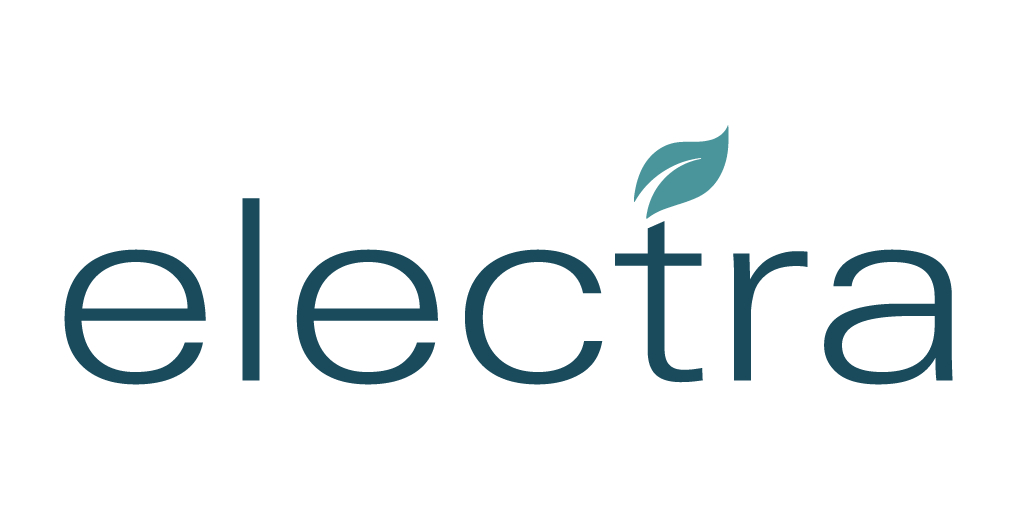Steel Products

Notes from the North American Steel Alliance Conference
Written by John Packard
October 22, 2019
By John Packard, President & CEO, Steel Market Update
On Monday, I spoke to the North American Steel Alliance (NASA) in Chicago. My comments centered on a wide variety of proprietary indices Steel Market Update produces–our flat rolled and plate indices, SMU Sentiment Index, SMU Service Center Inventories and Shipments data, Mill Lead Times and Mill Negotiations, SMU Demand, and SMU Service Center Spot prices as seen by both end users and the distributors themselves. I also discussed the status of various trade issues, which seem to have stabilized as of late. Lastly, I discussed the new capacity that is coming online in the coming months (Big River Steel, 1.65 million tons by second-half 2020; Ternium Mexico, 4.0 million tons by second-half 2020) and over the next couple of years (Nucor, SDI and JSW).
I advised the NASA attendees that the steel industry is undergoing a massive reconstruction and renewal, and how exciting it would be to be a young person watching new mills come out of the ground capable of producing new steels. For 42 years the ebb and flow of the steel industry has kept me engaged, entertained and has afforded me the opportunity to not only make a good living, but allowed me the flexibility to expand my knowledge and ultimately to share what I have learned with those groups with whom I speak, with those who attend our Steel 101 training workshops and with you, our readers.
During Q & A, I was asked about the SMU price indices and a request was made regarding providing more detail about how I am seeing prices and the flow of the market. Since I am very much involved in the discussions with steel buyers around the country, and through our surveys, I am aware of the outliers, in some cases tonnages that afford one buyer a better price than another, etc. The NASA service centers deal with their customers who read our price ranges and then assume they should be able to procure material at the low end of the range.
I have stated in the past, and it is important that I point out now, that the steel industry is both a people business as well as a company to company relationship. There are reasons why company “A” receives a better price than company “B”. The size of the order, the product being purchased and how well it fits with the producing mill, the need for an order by a mill at any point in time, the past histories of the relationship and the commitment each has made to the other, how bills are paid and if there are claim issues—all of these things come into play when negotiating price. Just because SMU reports the low end of HRC is “X” does not mean your company should expect to be buying at that number, or at the other end of the spectrum for that matter. The number that is important is our average and the change in dollars per ton from week to week.
What I will attempt to do is to try to explain in more detail how I am seeing momentum at any point in time. Are there more orders/offers moving toward the lower end of the range, and what is the data telling us about the strength or weakness of the process? Some weeks are easier to read than others, but we will try to get more information out there, which we hope will be helpful to the steel mills, service centers and end users as they try to navigate negotiations on pricing.
I also discussed daily pricing, which I consider to be bogus. Having spent countless hours on the phone, email and through our surveys trying to dig “real” numbers out of steel buyers (and knowing who not to talk to as they have an agenda or provide questionable numbers) the idea of competently doing daily prices eludes me. This doesn’t mean it can’t be done. However, the investment in manhours and the potential to have a small group of buyers influencing the market is very high. I know the financial community wants it. I don’t think people who are buying steel need it.
One of the questions I got from the NASA group was my opinion regarding the percentage of customers buying steel on an index, and if I saw any changes going forward. I commented about U.S. Steel announcing they were no longer going to use index-based contracts for 2020. I pointed out what Steel Dynamics, Nucor, JSW USA and Ternium Mexico told our 2019 SMU Steel Summit attendees–that they would sell their customer base any way that worked for both companies. The reason behind index-based contracts is to smooth out the pricing bumps, and I think that has worked well for most end-user buyers. Whether or not it has worked well for service centers and steel mills is another question that I do not have an answer for right now.

John Packard
Read more from John PackardLatest in Steel Products

Rig count falls in US, rises in Canada
Drilling activity decreased in the US but rose in Canada in the week ended April 12, according to the latest data from Baker Hughes.

Rig counts decline again in US and Canada
The number of active rigs in the US eased to a nine-week low, while Canadian activity continued it’s seasonal wind down.

US mill shipments slow in February: AISI
Steel shipments from US mills were lower in February, both from January and from last year.

Electra commissions clean ironmaking pilot plant
Electra has commissioned a clean ironmaking pilot plant in Boulder, Colo.

Rig counts move lower again in US, Canada
Oil and gas drilling activity in North America slowed this week, according to the latest figures from Baker Hughes.
